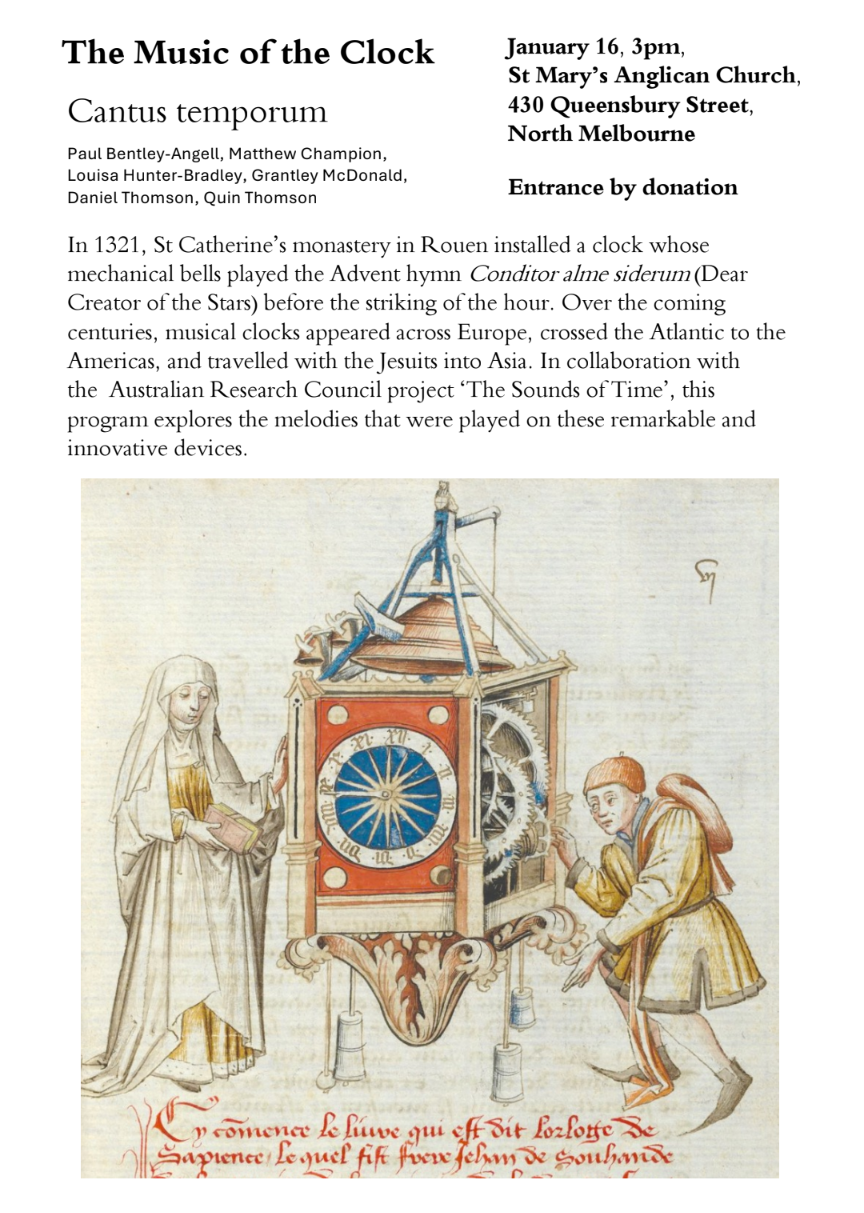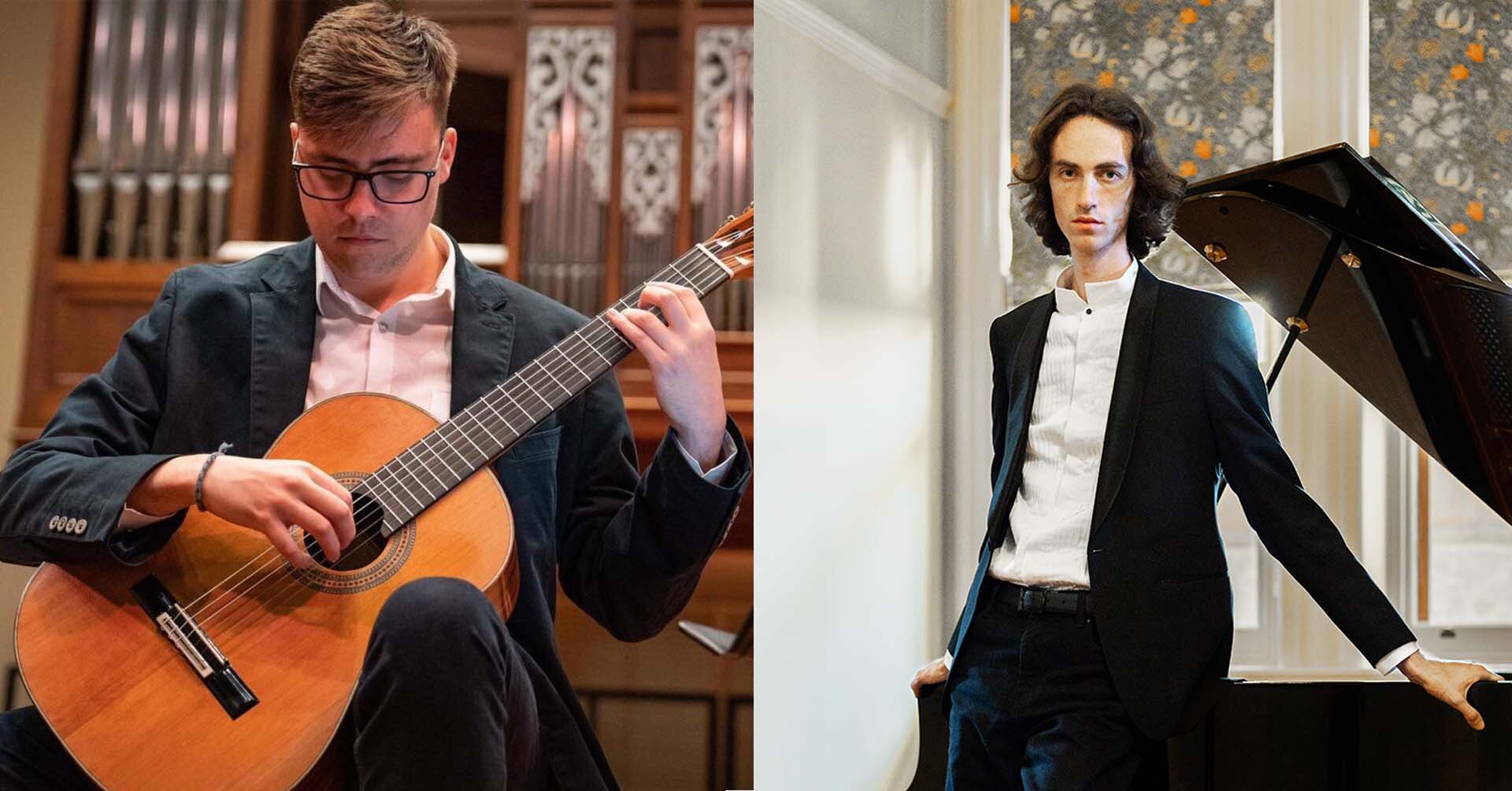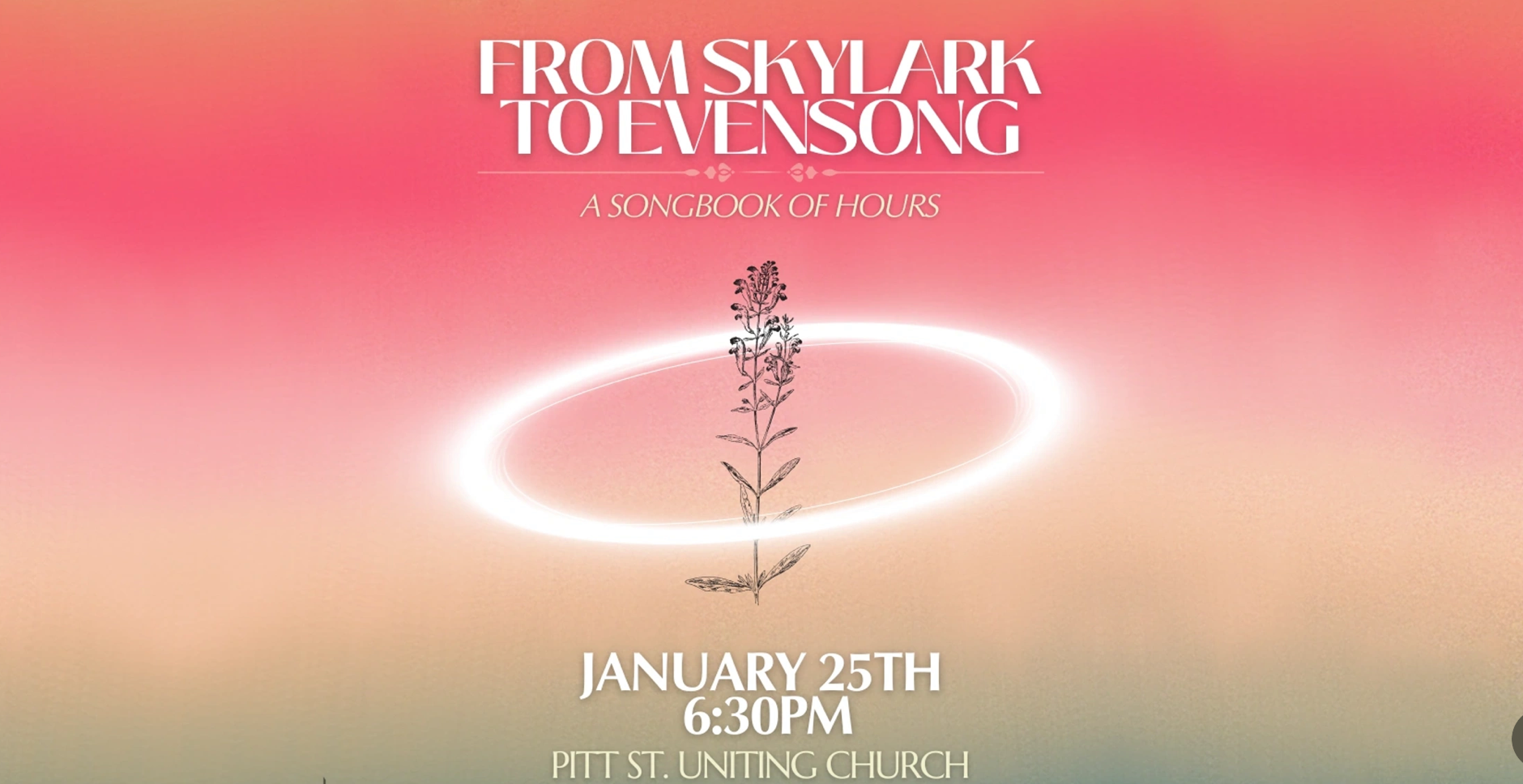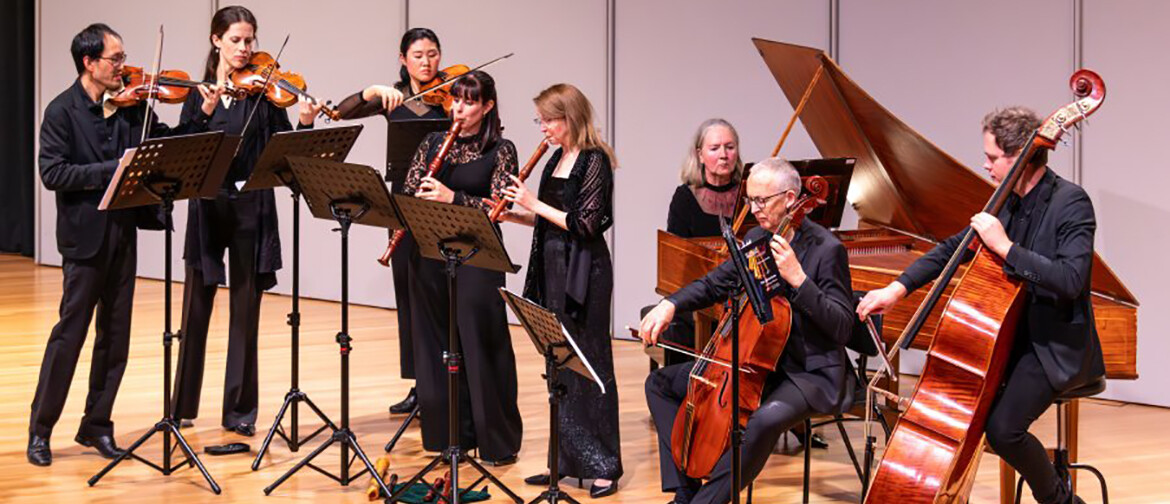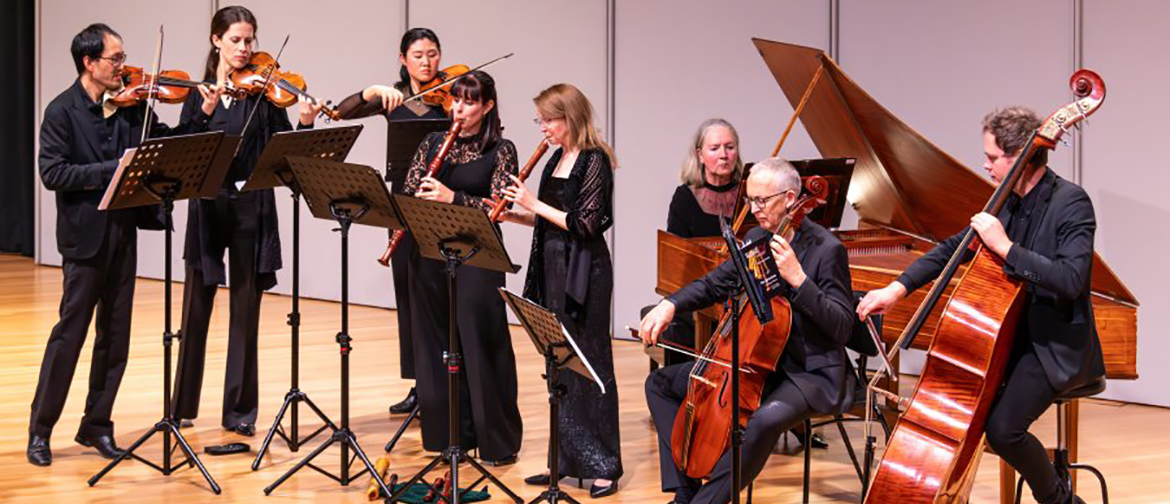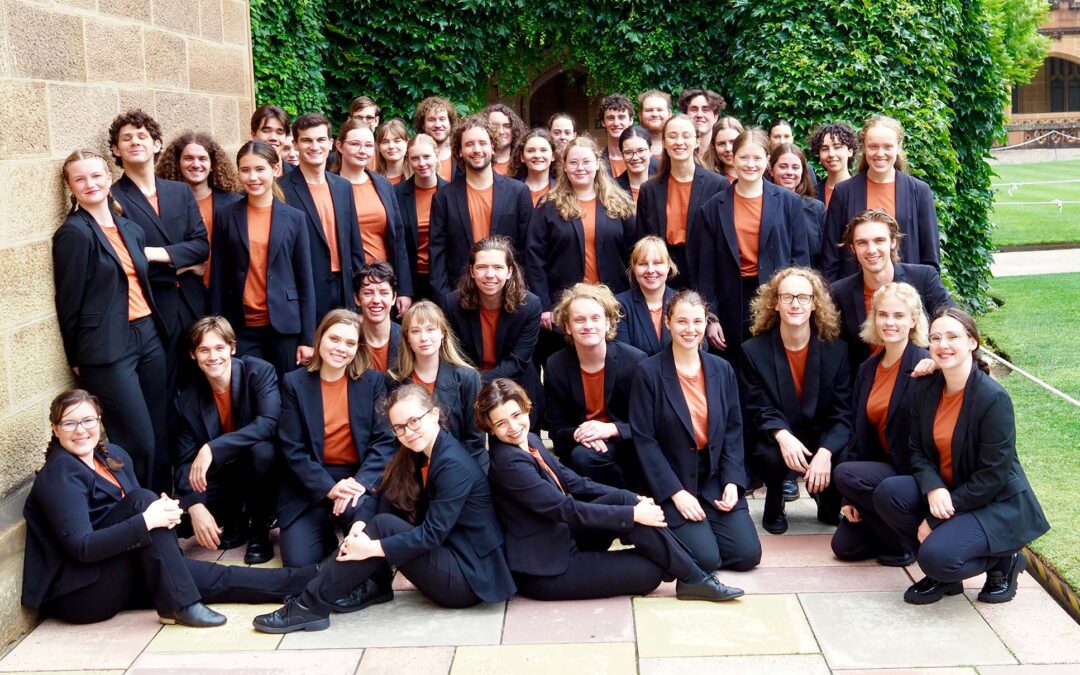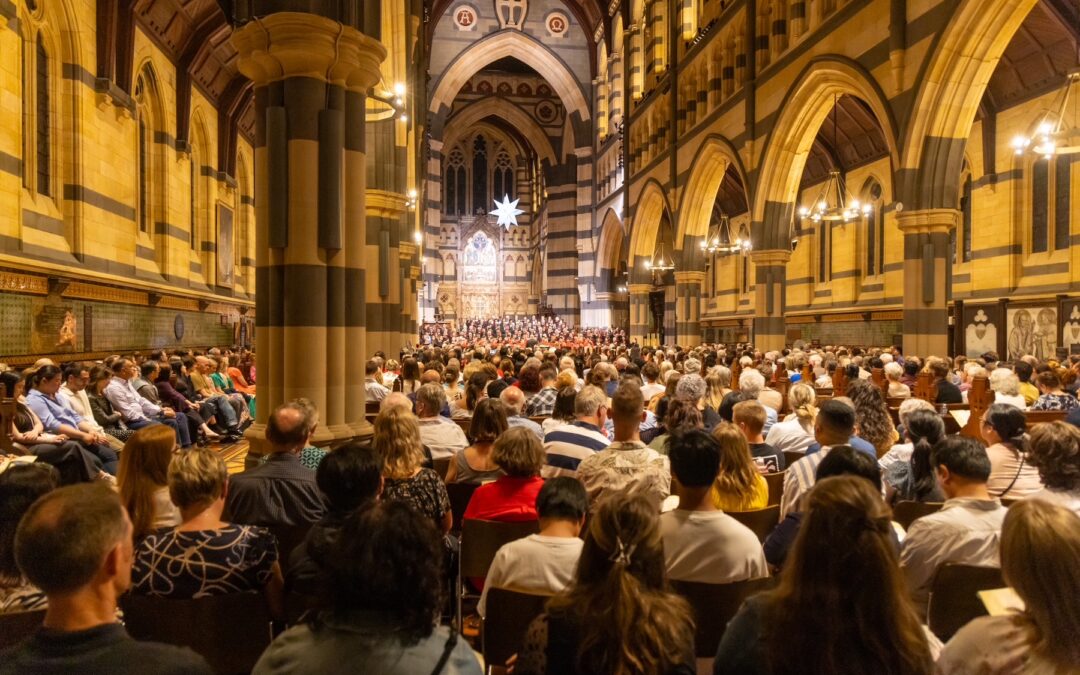Sydney Mozart Society | Tinalley String Quartet
November 3, 2022, The Concourse, Chatswood
A larger than average audience attended the latest recital in the excellent series of Sydney Mozart Society concerts. Clearly many were aware of the reputation of the Tinalley Quartet and the enticing programme.
The eponymous composer’s string quartet in D minor started the programme. Three of the movements are in the home D Minor key which, as in his 20th piano concerto, generates an atmosphere of drama rather than sadness. The exception is the sublime serene Andante but there also are energetic episodes. The fastidious Mozart asked his friend Joseph Haydn to review the work before publication and no doubt “Papa” responded enthusiastically as the work flows with spontaneity and flair.
It is worthy of note that Mozart was paid 100 ducats by Sieber, the publisher, which was substantially higher than average. It has been calculated that Mozart earned roughly 1000 ducats in each of his final years, 20 times that of an orchestral musician and 8 times that of a Hospital Consultant – so why did he constantly owe money to friends and enemies? Answer, he was an inveterate gambler. Apart from his addiction to billiards, Masonic meetings would transfer to “coffee-houses” – actually casinos. And why (in the movie “Amadeus”) was he buried in a pauper’s grave? Well, he wasn’t! He was afforded the best burial available to a non-aristocrat, many mourners were present including Salieri and the sun was shining! Milos Forman has a lot to answer for!
Felix Mendelssohn was dubbed by Schumann “The Nineteenth Century Mozart” so it was appropriate that we were next treated to his String quartet in F minor. He was as much a musicologist as a musician and gave lessons daily to Goethe on the history and evolution of music. Appreciation of his chamber works was largely restricted to his famous Octet but his 200th anniversary gave rise to a wider appreciation of this aspect of his compositions. I had not heard this quartet before but, even so, it was easy to appreciate with the frequent modulations and a dominant theme throughout all four movements. Tremolos and trills abound as do changes in time signature. ‘Restlessness’ is a word that comes to mind – perhaps this reflects the recent death of his talented sister and his own ill-health which prevented publication of the quartet until after his death two years later. Very enjoyable listening but also challenging and an interval was welcome.
Beethoven’s op 74 quartet is famous for the pizzicato arpeggios in the first movement which gives rise to the nickname “The Harp”, plus a beautiful violin solo with broken chords at the end of this movement said to be inspired by Bach’s 4th Brandenburg Concerto. In addition, the 4 note theme of the Scherzo has similarities to that of his fifth symphony. There the resemblance ends as the concluding Pianissimo melds into a quiet 4th movement with a theme and variations. Overall there is an attractive quaintness to the work which holds the listener’s attention.
The word that comes to mind when describing the playing of the Tinalley quartet is “professional” – not a note out of place but also playing with great feeling for the music and its intonations. I particularly enjoyed the contribution of the cellist Patrick Murphy whose sound was prominent when it should be and cohesive at other times.
Again, thanks to the Mozart Society for another intriguing and exciting programme.





